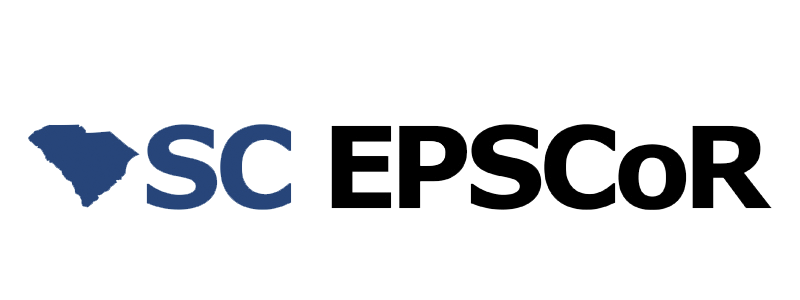- Home
- ADAPT in SC Thrust 3
ADAPT in SC Thrust 3
DT-Enabled Biomedical Devices for Rehabilitation and Therapy
Rehabilitation is an important process for patients to optimize recovery following medical treatment. Today, for a given medical problem, there is a host of rehabilitation procedures and methods. However, determining the best or most suitable rehabilitation method for a given patient is difficult. Likewise, medical treatment of chronic diseases, such as diabetes and cancer, requires physicians and patients to navigate through a sea of treatment pathways to identify the one suitable for the individual patient. An overarching scientific challenge is developing a system for an individual patient so that various available rehabilitation treatment regimens or active medical treatment pathways can be monitored and analyzed, and the outcome inferenced. The use of AI-enabled digital twins (DTs) can be a viable solution. A DT is a virtual representation of an object or system that spans its lifecycle; it is synced with the real system in real-time and uses simulation, ML, and causal analysis to aid decision-making and design of the patient-specific treatment pathway. An AI-enabled rehabilitation DT would be an ideal platform for clinicians to design an optimal rehabilitation strategy for a specific patient to realize a personalized treatment pathway. For diabetes or cancer patients, a DT can provide an intelligent assistant for the physician and patient to develop and optimize the treatment pathway dynamically. For the elderly and less serviced communities, DTs would provide additional AI-enabled, user-friendly instructional materials and devices.
The DT is a concept derived from the aerospace industry, where aircraft or spacecraft need to be evaluated virtually under potentially challenging or hazardous conditions to determine the need for replacement or reinforcement procedures. This concept perfectly fits the healthcare industry, but a fully functional DT in the healthcare industry has yet to be developed. We intend to develop such a platform that can be used for patients in various medical categories and communities.
- Develop new or improved ML methods for biomedical image processing and multimodal data fusion with imaging data
- Implement other AI techniques developed in ADAPT for the development of the proposed three biomedical devices
- Implement DL-assisted image analysis to improve performance of the three proposed biomedical devices for personalized medical treatment or treatment planning
Thrust Co-leaders:
Qi Wang (UofSC)
Jesse Dean (MUSC)
Contributing Faculty:
Negash Begashaw (Benedict)
Gurcan Comert (Benedict)
Ryan Integlia (The Citadel)
Adam Hoover (Clemson)
Nikunja Swain (SC State)

